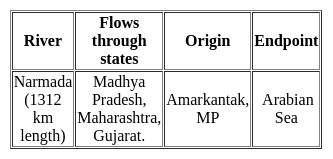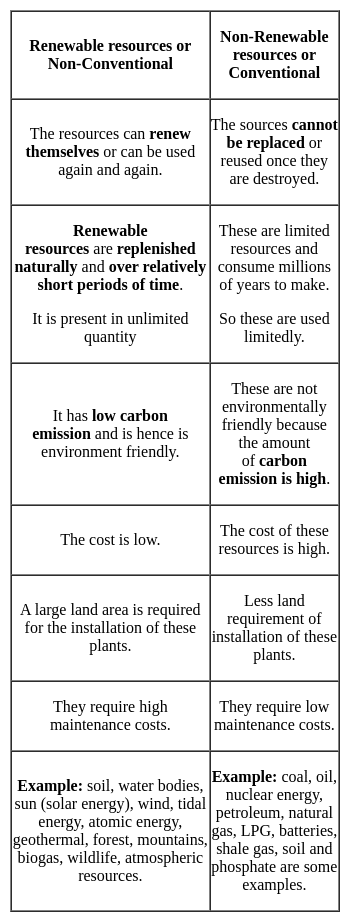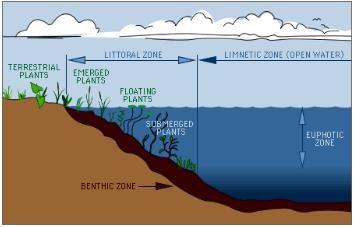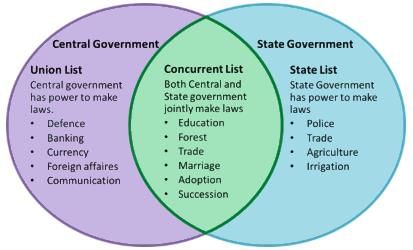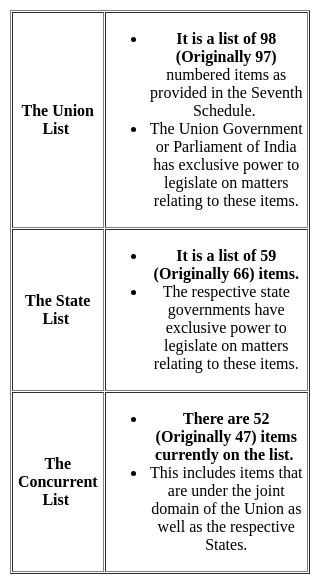MPPSC Paper 1 (GS) Mock Test - 8 - MPPSC (Madhya Pradesh) MCQ
30 Questions MCQ Test MPPSC Mock Test Series 2026 - MPPSC Paper 1 (GS) Mock Test - 8
The fair of Math Ghogra is organized in which district of Madhya Pradesh?
Which of the following city was birth place of Parivrajaka dynasty?
Harishankar Parsai, who hailed from Madhya Pradesh, was a famous writer in which branch of Hindi literature?
Biochar has which of the following benefits?
1. It can be used as a carbon sink.
2. It can increase the water retention capacity of the soil.
3. It can reduce pollution from the soil.
Choose the correct statements.
Which of the following is a type of malware intentionally inserted into a software system that will set off a malicious function when specified conditions are met?
Which of the following revolutionaries involved in the Kakori incident?
Which of the following is not an advantage of non-conventional sources of energy?
Examine the following statements and answer the given question.
1. Madhya Pradesh is India's first state to bring about 100% nationalisation of forests.
2. Nationalisation of forests in MP was done in the year 1980.
Which of the above statements is/are correct?
Consider the following statements related to the Mission Gramodaya Yojana of the Madhya Pradesh Government.
i. Families living in rural areas will be provided with residential facilities.
ii. Basic amenities of rural areas will be expanded.
iii. This scheme was inaugurated in the district headquarters of Bhopal.
Choose the correct option:
Who released the Outlook Group's Coffee Table Book 'Sikhs and Modi (A Journey of Nine Years)' in New Delhi?
Given below are two statements one is labelled as Assertion (A) and the other as Reason (R).
Assertion (A) : Phytoplankton grow in abundance in the limnetic zone.
Reason (R) : Limnetic zone is open water zone.
Select the correct answer from the code given below :
How many times has President’s Rule been declared in Madhya Pradesh?
Which of the following administrative subject is not mentioned in the Union List of the Indian Constitution?
|
29 tests
|



